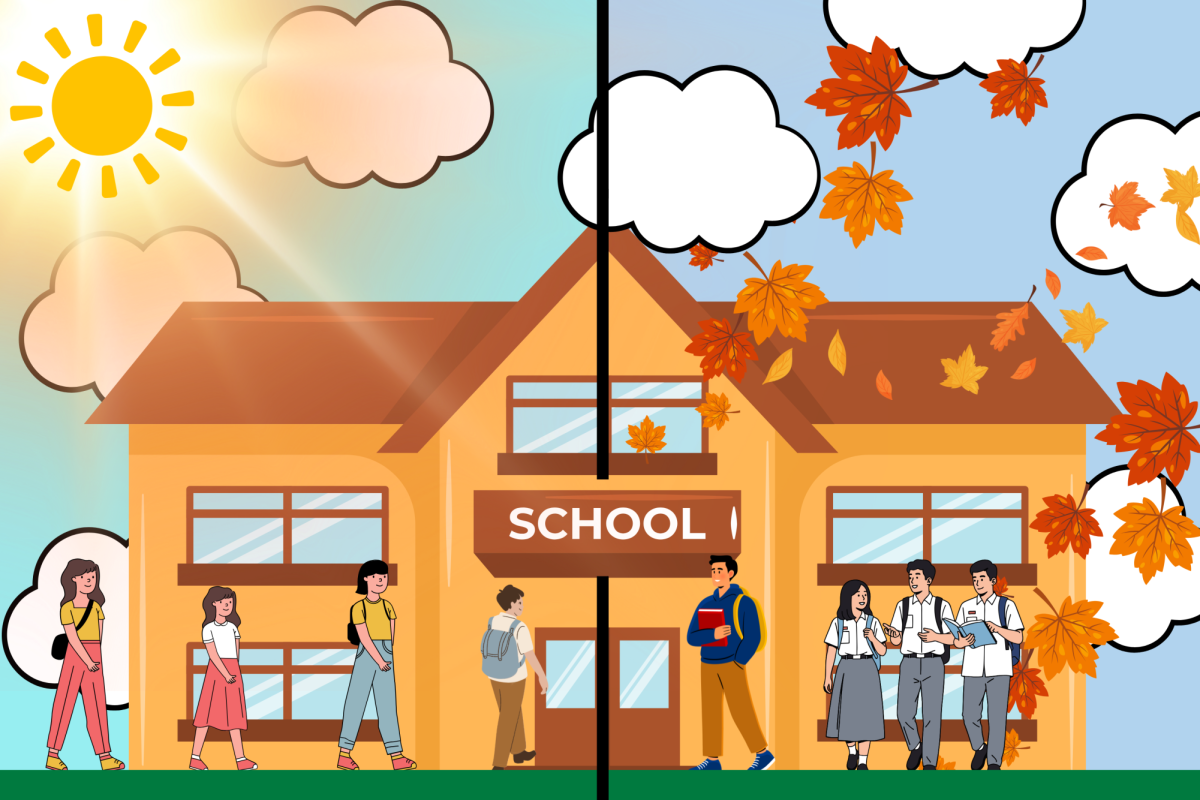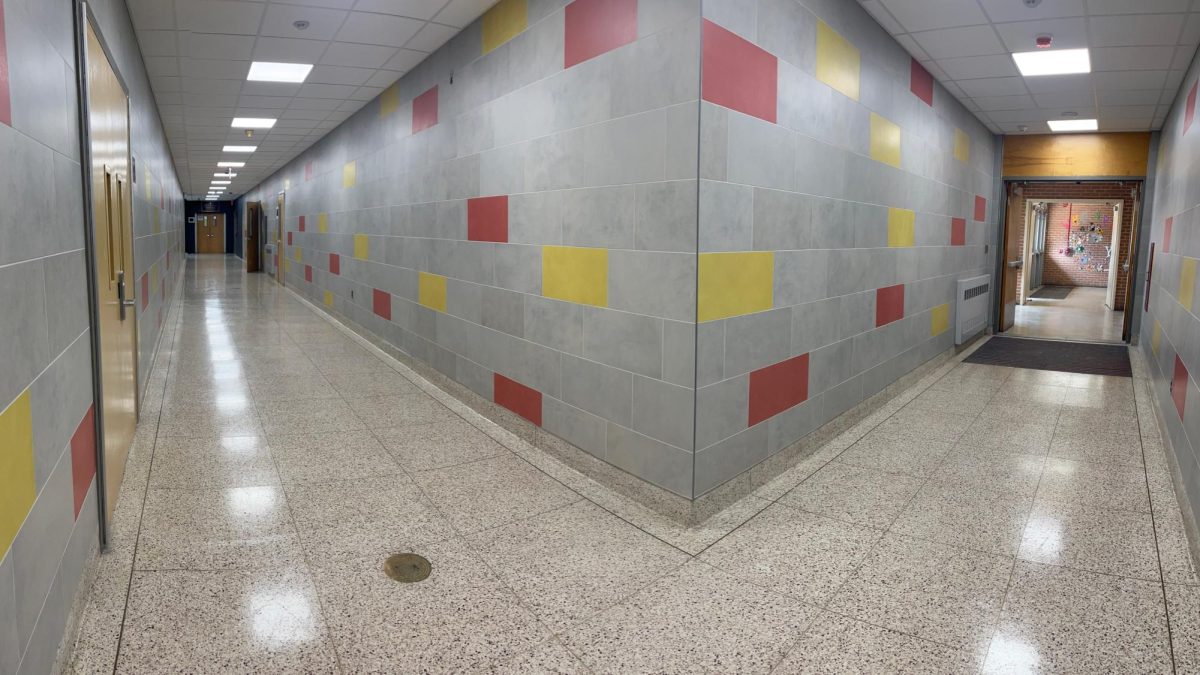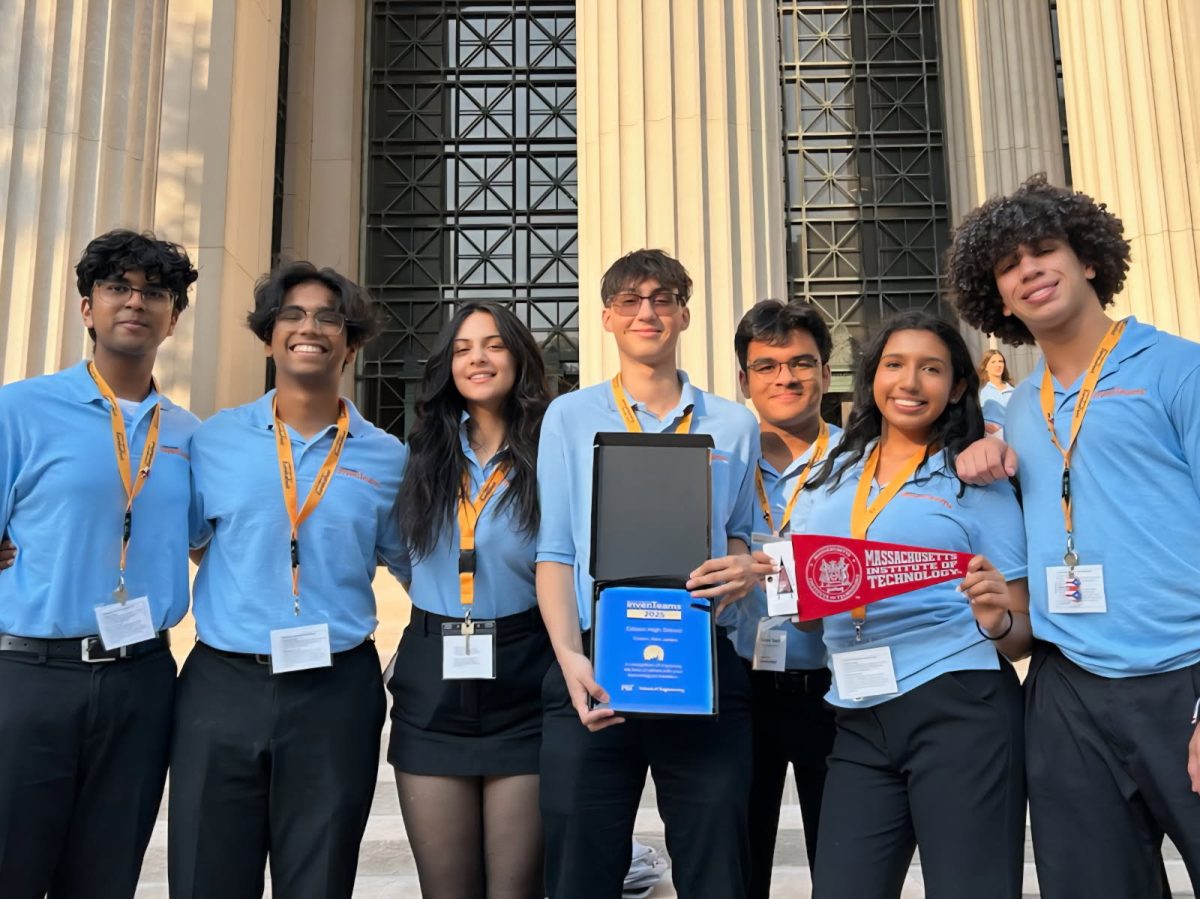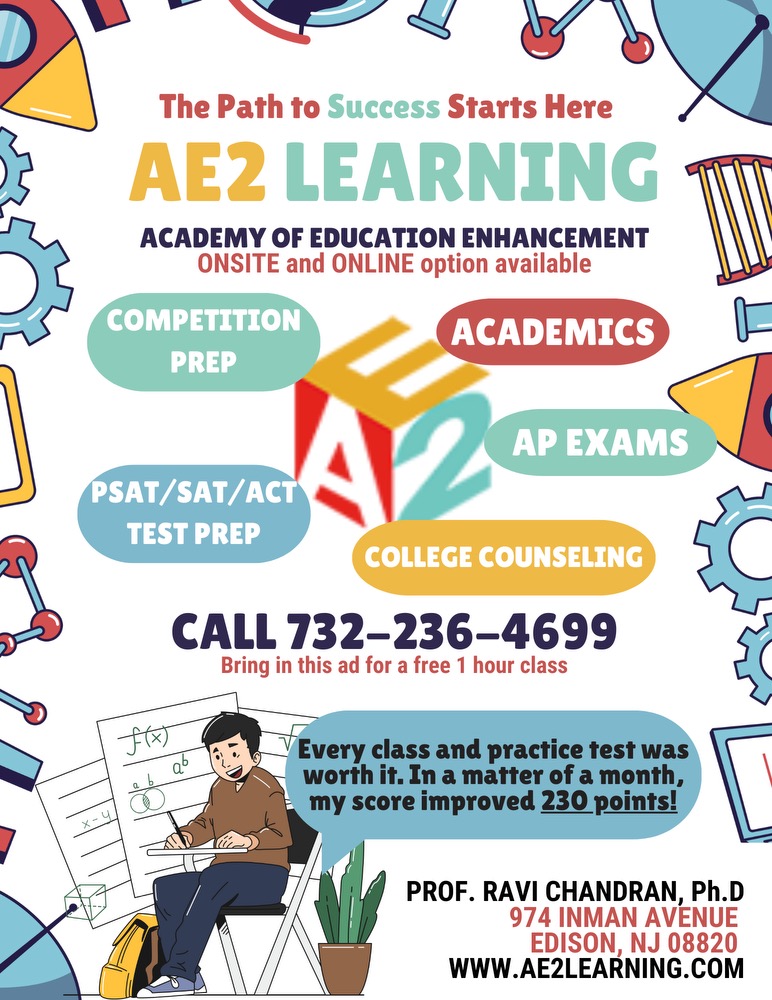MEdison: Teens and ADHD
Push Pop It toy, Foam toy, and Sensory Magnet Board are all used to fidget helping teens with ADHD
June 8, 2023
Remember the colorful fidget spinners fad that went around back in 2017? The toys were marketed to a specific group, claiming that they helped students with attention deficit hyperactivity disorder ADHD. Problem was, the widespread toys had even non-ADHD students addicted at school as well; the overpowering use of the toy led to its banishment in several schools, along with the spread of “relatable” videos and posts about the symptoms of ADHD. This was the start of mass self-diagnosing, which amplifies the jokes about ADHD; through casual prognosis of this mental issue, people unknowingly belittle others with ADHD, implying the mildness of the condition.
ADHD is defined as an ongoing pattern of inattention and/or hyperactivity-impulsivity that interferes with functioning or development. Among adolescents and children, ADHD is one of the most prominent mental disorders; symptoms include being easily sidetracked, squirming or fidgeting, making careless mistakes, avoiding long mental tasks, or disorganization.
ADHD has since become a common excuse for procrastination, restlessness, or an inability to focus. However, ADHD is a disorder, which is usually professionally diagnosed. Just because some symptoms are applicable at times does not mean that this term can be used freely to explain these symptoms.
According to the Center for Disease Control and Prevention (CDC), only about 13% of US’s children are diagnosed, and the majority of children with ADHD remain undiagnosed. With high numbers of diagnosed patients—about 3.3 million adolescents—still in school, ADHD can highly affect a child’s educational life.
Ms. Melissa Wertz, part of the EHS Child Study Team (CST) and a school social worker, reviews the schedules for students with disabilities, including mental disorders like ADHD. Wertz explained how she helps individuals settle down in school comfortably and confidently, with individualized education plans (IEP): “[IEPs] are put into place in order to support that student in the classroom,” Wertz elaborates. Schedule modifications include additional testing time, the option for a read-aloud, two teachers to keep the learners focused, and content classes in the morning—when students are more likely to be able to focus for longer—to ensure the students’ success.
Stigma also plays a role in the ADHD-affected child’s life, leading to self-depreciation and belittlement that may last the entirety of their lives. The term itself points out “disorder,” implying impairment and abnormality. Special education English teacher Ms. Jennifer Wallace ‘87 was asked for her advice for people struggling to cope, and she offered a swift answer: “Find a strategy. And don’t be ashamed,” she advised.
Strategies suggested by Wertz and Wallace included color-coding items (Wallace finds them helpful to keep her students organized and on task), frequent but short breaks, creating to-do lists, or using apps to help better catalog their lives (Wertz recommends RescueTime, OFFTIME, and todoist). Some students with a more severe form of ADHD might take medications or change their diet to better suit their needs upon discussing with the appropriate consultants.
Furthermore, Wertz and Wallace acknowledge the fact that “ADHD is their superpower.” Wallace goes on to add that many famous and successful persons had ADHD, including but not limited to Micheal Phelps, Bill Gates, and Micheal Jordan.
“[ADHD] doesn’t mean that you can’t succeed,” Wertz stated.
EHS strives to create ADHD-friendly additions regarding the academic environment. Flexible seating has been storming around social media in the past few years, and it has been implemented in our high school as well. Wertz’s classroom includes desks with adjustable heights that can easily go from a sitting to standing position, helping students relieve restlessness as well as construct a welcome change that helps them focus. EHS also has zen rooms, guidance groups that help with time management, and other groups that focus on social skills. Teachers, aware of their students’ learning styles, should keep lessons active and engaging.
As weather does not define our mood for the day, ADHD does not define a person.
“We all have beautiful things about us,” says Wertz. “ADHD is just one little part of who you are—it’s not your whole picture.”

























































































